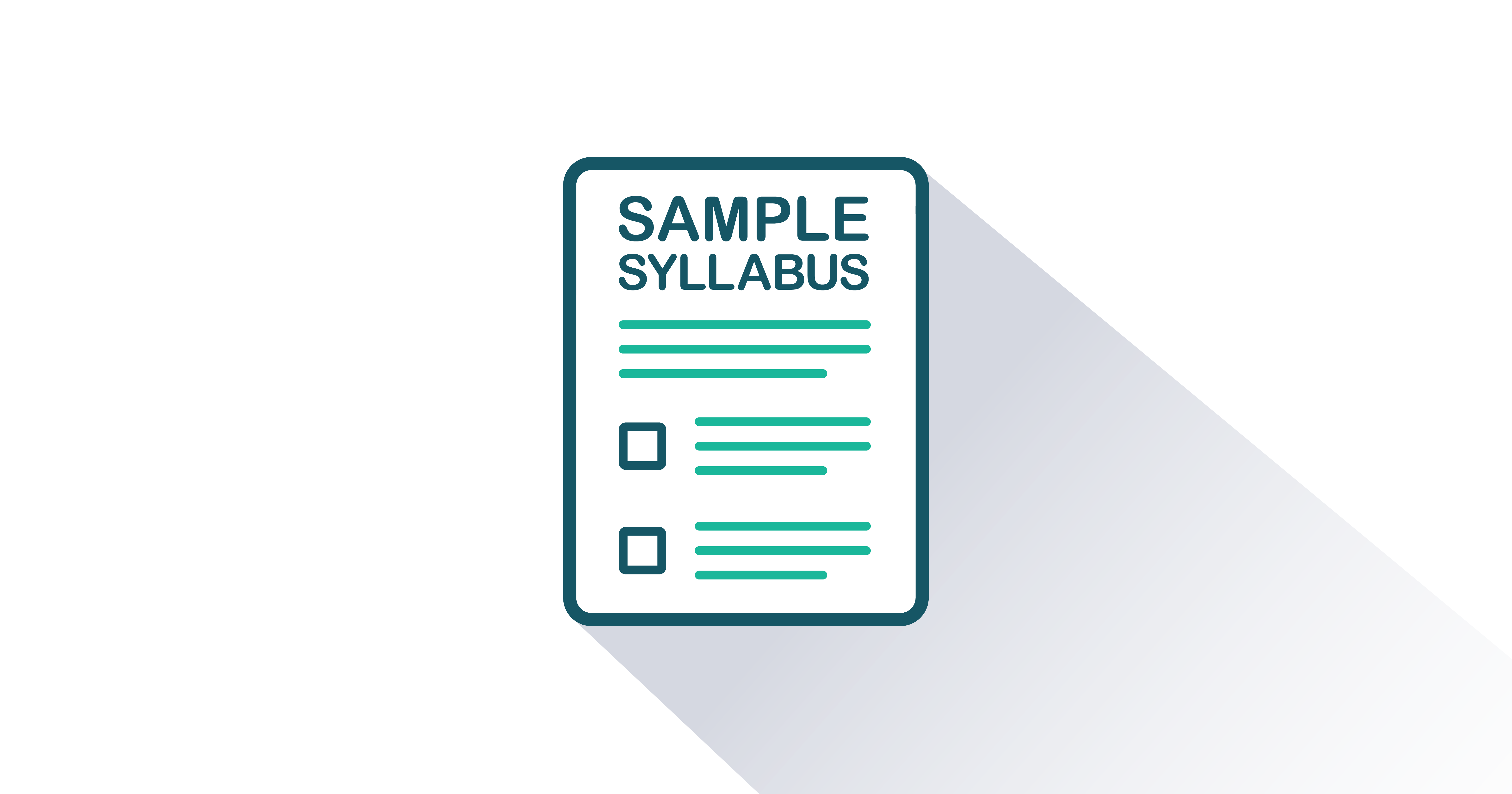- Published
- October 2019
- Page Count
- 682
- ISBN (Digital)
- 978-1-4533-9294-2
Biopsychology: Fundamentals and Contemporary Issues

Version 1.0
By Martin S. Shapiro
Included Supplements
Key Features
- Balanced treatment of research and application, with examples drawn from situations ranging from head injuries in sports and the military to the opioid crisis, the obesity epidemic, genetic engineering and testing, and treatments for neuropsychiatric disorders.
- Strives to use everyday language when possible, but also ensures students are exposed to the terminology used in neuroscience.
- Early chapters confirm why it is important to study biopsychology, explain the field’s roots, and debunk common myths while modeling critical thinking skills. Basics of neural networks and anatomy are fully explained without overwhelming the reader with details.
- Excellent and distinct coverage of key or high-interest topics, such as neural networks/connections (Chapter 3); research methods (Chapter 4); imaging techniques (Chapter 4); biofeedback (Chapter 4); genetics (Chapter 5); taste and olfaction (Chapter 6); language and the auditory system (Chapter 7); the chemistry of sleep (Chapter 9); weight regulation and the Brain-Gut axis (Chapter 10); enhancing memories (Chapter 13); smart pills/genetic engineering (Chapter 13); opioids, vaping, sleep and pharmacological agents (Chapter 14); addiction (Chapter 15); traumatic brain injury (TBI) and TBI testing (Chapter 16); Chronic Traumatic Encephalopathy (CTE) experienced by athletes and others (Chapter 16), and many more.
- In-text features guide and reinforce learning.
- “Learning Objectives” lay out the key ideas to be discussed in the following main section.
- “Key Terms” highlight key terms in a running, marginal glossary.
- “Key Takeaways” at the end of each main section summarize key ideas in bullet-point fashion. Key Takeaways enable the learner to pause and consolidate the information just read or experienced into a ‘chunk.’ This process enables the reader to better understand and retain the chapter’s content and its key concepts.
- “Embedded multimedia links”—over 140 carefully chosen short videos streaming within chapter sections (URLs provided in hard copy). Most of these videos are under five minutes and have animated illustrations (e.g., TEDed.com, 2-minute neuroscience, NOVA) or short interviews with scientists demonstrating their research. These videos are entertaining, often interactive, and scientifically accurate, making the experience of learning much more engaging.
- Replete with rich visual illustrations, including depictions of key brain structures and nervous system processes that make the unseen apparent to learners.
- End-of-Chapter features can be used to create excellent homework assignments and facilitate class discussions. They also encourage further exploration and demonstrate the relevance of neuroscience to all careers in psychology.
- "Contemporary Issues" exposes students to revolutionary changes happening in neuroscience and how these issues might affect the future of the field in the context of compelling topics such as international collaboration projects, brain-computer interface technology, artificial retinas, mind-reading neuroimaging, naloxone and the opioid crisis, hallucinogens as treatment, and many more.
- "Best Online Content" researched by the author, provides links to rich, online resources for learning more about neuroscience and psychology. Selected for the sense of wonder and engagement they foster, these resources consist of online links to short talks, videos, podcasts, articles, and documentaries from world-renowned experts. Examples include selections from TED.com, Radiolab.org, Hidden Brain.org, and Crash Course.
- "Suggested Popular Science Books" provides references to popular books about neuroscience and behavior written by experts in the field for a general audience. Examples include works by Robert Sapolsky and Oliver Sacks. These suggestions, researched by the author, provide students with another high-interest way to connect with the field.
- "Short Answer Questions" and "Discussion Questions" for assignment or independent student study highlight key concepts and content in the preceding chapter. These questions stimulate analysis and deeper understanding.
- A glossary and references organized by chapter provide key term definitions and sources in one place for ease of studying and source checks.
- Bonus Chapter: "Development, Brain, and Behavior." This 35-page supplementary chapter covers neural and brain development throughout the lifespan. It can be distributed as a handout or included in a customized version of the book for no additional charge.
Students
- Online Access Price
- $36.95
- Color Printed Textbook with Online Access Price
- $63.95
Biopsychology: Fundamentals and Contemporary Issues v.1.0 is an introduction to the biological basis of behavior. It is suitable for introductory or fundamentals courses on biopsychology, physiological psychology, brain and behavior, and neuroscience taught at the undergraduate level. It can also be used at the graduate level for those students without a background in neuroscience. Biopsychology courses are offered primarily at four-year and occasionally at two-year colleges and universities.
Biopsychology: Fundamentals and Contemporary Issues v1.0 is a visually rich and lively presentation of the relationship between behavior, mental processes, and biological factors such as the nervous system, biochemistry, hormones, and genetics. Discussions are couched within the larger contexts of psychology, biology, physiology, genetics, chemistry, anthropology, medicine, and computer science. Key goals of this book are to help learners understand the basic functions of the nervous system, including functional anatomy; how neurons communicate; the biological basis of behavior; genetics in neuroscience; dispelling myths about the brain; the mind-body connection; drugs and drug addiction, brain disorders; research methodology; neuroimaging, and new research technologies. This textbook makes neuroscience relevant and approachable for all students interested in behavior and psychology. It is written in a style that is especially sensitive to students without a strong background in science.
- About the Author
- Dedication
- Preface
- Acknowledgments
-
Chapter 1: History and Introduction
-
Chapter 2: Functional Anatomy
-
Chapter 3: Neuron Communication
-
Chapter 4: Research Methods: Histology, Imaging, and Stimulating
-
Chapter 5: Genetics and Evolution
-
Chapter 6: Vision and Chemoreception
-
Chapter 7: Hearing, Language, and Lateralization
-
Chapter 8: Somatosensory and Motor Movement
-
Chapter 9: Sleep, Dreaming, and Circadian Rhythms
-
Chapter 10: Homeostasis: Hunger, Thirst, and Temperature
-
Chapter 11: Hormones, Sex, and Love
-
Chapter 12: Emotions and Stress
-
Chapter 13: Learning and Memory
-
Chapter 14: Psychopharmacology, Recreational Drugs, Tolerance, and Sensitization
-
Chapter 15: Addiction, Developmental Disorders, and Affective Disorders
-
Chapter 16: Other Neuropsychiatric Disorders, Brain Injuries, and Brain Pathologies

FlatWorld Homework
FlatWorld Homework includes multi-format questions written specifically for your FlatWorld book, which you can access through our stand-alone interface or integrate with your learning management system.

Instructor’s Manual
The Instructor’s Manual guides you through the main concepts of each chapter and important elements such as learning objectives, key terms, and key takeaways. Can include answers to chapter exercises, group activity suggestions, and discussion questions.

PowerPoint Lecture Notes
A PowerPoint presentation highlighting key learning objectives and the main concepts for each chapter are available for you to use in your classroom. You can either cut and paste sections or use the presentation as a whole.

Test Generator - powered by Cognero
FlatWorld has partnered with Cognero, a leading online assessment system, that allows you to create printable tests from FlatWorld provided content.

Test Bank Files for Import to Learning Management Systems
For your convenience, we've packaged our test items for easy import into Learning Management Systems like Blackboard, Brightspace/D2L, Canvas, Moodle, or Respondus.

Test Item File
Need assistance in supplementing your quizzes and tests? Our test-item files (in Word format) contain many multiple-choice, fill-in-the-blank, and short-answer questions.

Sample Syllabi
Sample syllabi provide useful templates to help new faculty adopters revise their teaching plans to match their assigned FlatWorld textbook or lend insights to existing adopters on how to organize their classes.
Download
Other Supplements
"Development, Brain, and Behavior." This 35-page supplementary chapter covers neural and brain development throughout the lifespan. It can be distributed as a handout or included in a customized version of the book for no additional charge.
At FlatWorld, we take pride in providing a range of high-quality supplements alongside our titles, to help instructors teach effectively. Supplements are available for instructors who have registered their adoption with us. If you need to review or preview something specific, please contact us.
Already registered? Sign in here.
Additions & Errata
10/1/24:
Section 1.0: Changed "85" to "86 billion neurons" to be consistent with information in Chapter 2.
Section 2.4: Changed "The Normal Unfixed Brain: Neuroanatomy Video Lab—Brain Dissections" video link to "Basic Parts of the Brain—Part 1, 3D Anatomy Tutorial".
Section 5.6: Deleted link to Circuit Therapeutics website as it is no longer active.
Section 6.5: Updated broken video link for "Prosopagnosia".
Section 6.7: Removed reference to Retina Implant website as company no longer exists.
Section 8.2: Broken "Phases of Nociceptive Pain" video link was replaced.
Section 9.1: Updated broken "Chronobiology" video link to new "How Does Your Body Know What Time It Is?—Marco A. Sotomayor" video link.
Section 9.2: Update Figure 9.5 and text around figure regarding Hz numbers
Section 10.8: Updated "Long Life Depends on This" link.
Section 11.6: Updated "The Brain in Love" link.
Section 12.3: Updated link on history of ACEs.
Section 12.4: Deleted "On Social Stress" video that was no longer available.
Section 12.6: Robert Sapolsky content was removed as it is no longer available.
Section 13.5: Deleted "The Brain with David Eagleman | Your Job Reshapes Your Brain | PBS" video which was no longer available.
Section 13.8: Link was updated for "Science’s Long—and Successful—Search for Where Memory Lives" content. Also, "Intelligence Squared" content was removed as it is no longer available.
Section 14.1: Updated broken "Mouse Party" video link.
Section 14.8: The links for The Dollop content have been updated.
Section 16.9: Replaced broken "Prions—Incurable Brain-Dissolving Proteins" with new "Creutzfeldt-Jakob Disease (CJD): An Overview and Symptoms, Causes, and Diagnosis" video link.
Section 16.12: The "The Cost of War" content was removed.
3/9/23:
Section 2.1, under "Neuroglia Cells," changed "diseases" to "conditions" in last sentence of the third paragraph.
Section 5.1, the Author's Notes were updated to reflect the current content at the links provided.
Section 5.5, the word "considered" was added before "good" for clarity in the second paragraph of the discussion on "Francis Galton and the Beginning of Eugenics."
Section 11.1, the definition of "behavioral endocrinology" was corrected to read "An area of research interested in studying how behaviors or experiences affect and are affected by hormones. This change was made in the supplements for this chapter as well.
Section 11.2, Figure 11.5 was corrected to read "Wolffian system develops into the vas deferens, epididymis, and seminal vesicles." This change was made in the supplements for this chapter as well.
1/21/22:
Section 3.2, Figure 3.5 was corrected to read “K+ channels” in two instances. Affected supplements were also addressed.
Section 3.4, subhead “Neurotransmitter Types” was corrected. Affected supplements were also addressed.
11/8/21:
Section 5.1, changed "monogenetic" to "monogenic" in three places in this section: Figure 5.2 title, definition of "phenylketonuria," and in the "Mendelian Genetics" section. The corresponding TIF has been updated and new LMS files produced.
Section 9.5, Key Takeaway point changed term "agonist" to "antagonist": "It states this in the key takeaways: Sleep-inhibiting drugs are typically stimulants or drugs that release hypocretin, such as modafinil, or are antagonists to adenosine, such as caffeine."
9/27/21:
Section 4.1, in Step 5 under "Scientific Method," "interna" was corrected to "internal" in the discussion of "internal validity."
Section 4.3, the broken "NOVA, New Way of Seeing the Brain," link from PBS was fixed.
8/31/21:
Section 4.5, under “Deep Brain Stimulation,” first paragraph, changed to read, ". . . which enables the neurons to be stimulated without causing them damage" rather than “with causing.”
Section 5.2, under “Personal Genetic Testing,” first paragraph, changed to read “where your ancestors originated or information about health” rather than “are information.”
Section 11.1, first paragraph, “circularity” system was corrected to “circulatory.”
Section 12.3, under “Physiological Response to Stress,” first paragraph, in the definition of “slow stress response,” fixed the spelling of “pituitary.”
Section 13.2, replaced Nova ScienceNow “A Memorable Snail” video link with updated working link.
Section 16.2, under “Cause of Cell Death in Alzheimer’s Disease,” first paragraph, in the definition of “neurofibrillary tangles,” removed errant comma between “neuron” and “death."
2/4/21:
Section 3.5: Broken video link was replaced with the new "How Brains See" link.
1/29/21:
Section 1.4:
The second to last sentence in the paragraph under “The Foundation of Other Disciplines” was corrected to the following: Attention-deficit hyperactivity disorder (ADHD) increases a child’s risk for experiencing a traumatic brain injury (TBI), and about 30% of children that are diagnosed with ADHD had received a TBI sometime in their life (Eme, 2012; Karic et al., Nigg et al., 2010).
Section 1.6:
Two new references were added for Eme, R. (2021) and Karic, S. et al (2019).
1/6/21:
Note: The updated Figure 2.4 has also been added to the Chapter 2 PowerPoint file.
Section 2.1: Figure 2.4 art was corrected. The label in the third column was changed to "Pseudouniploar Neuron" from "Uniploar Neuron".
Section 2.1: Under the "Neurons" section, the term "telodendria" was added in parentheses after the key term "terminal branches".
Section 5.3: Under the "Behavioral Genetics" section, the definition of "dizygotic (DZ) twins" was corrected to read ". . . more more related than brothers . . ."
Section 9.2: Figure 9.5 art was corrected. The numbers for DELTA were changed to "0.5 – 3.5".
8/14/20:
Note: The updated Figure 3.2 has also been added to the Chapter 3 PowerPoint file.
Section 3.1: Figure 3.2 art was corrected. Previously the electrons showed positive charges but the art has been corrected so that they show negative charges.
07/10/20:
Section 15.3, "Depression Theories and Treatments" video updated to new video titled "The Science of Depression": https://www.youtube.com/watch?v=GOK1tKFFIQI
Section 16.7, "Study Finds Heading a Soccer Ball Causes Immediate Head Trauma" video updated to new video title "Science Talk: Frequent "Heading" in Soccer Can Lead to Brain Injury and Cognitive Impairment": https://www.youtube.com/watch?v=NoM-zYQRIUA
